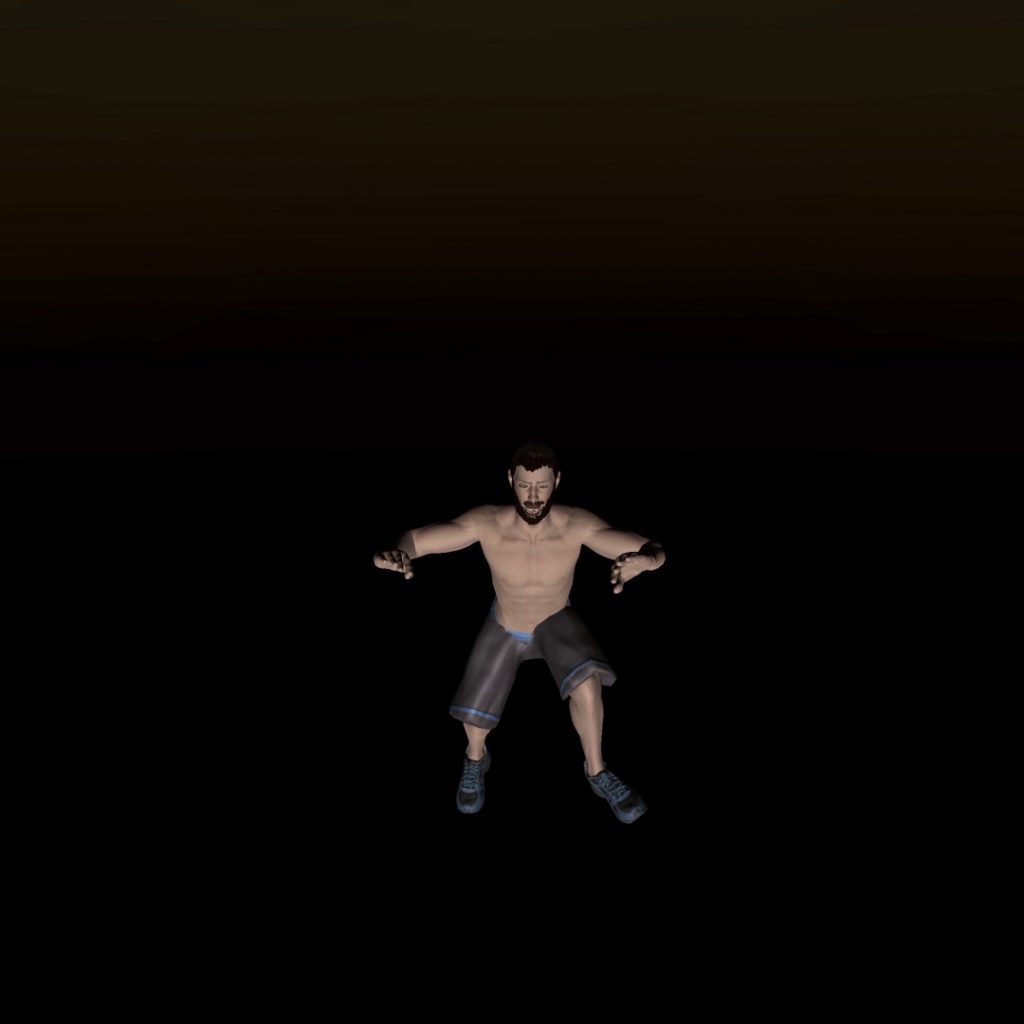
- watch: 5th July 2019 at 4pm UTC
- duration: 10min
alias personae (2018) are three (former) avatar selves of Zander Porter activated for liveness by way of person-screen duets. Their names are Freshy, ORGZurvivor, and athlete__22. alias personae Live1 and alias personae Live2 were presented at LUDWIG in Berlin by Olympia Bukkakis, and alias personae Live3 was presented by SomoS for the exhibition Personae – Behavior & Authenticity for 48 Stunden Neukölln in Berlin. Words from critic Kristian Vistrup Madsen’s speaking/writing “Why I Can’t Write Fiction: On real-life experiences and the question of presence in art and writing,” presented at Nordens Biskops Arnö’s Debutant Seminar, June 2018, delineate the project’s trifecta onlineness-identity-complex:
“Actually intimacy, as it would begin to dawn on me, means something very different to Zander, looks very different to Zander. I mean: if we were to have a group chat, the colour of the speech bubbles would revert to blue. What’s weird about Zander is that there is no difference between how Zander speaks and how Zander texts. Zander’s tone of voice, therefore, is more like graphic design: it bears no relation to what is said. That is, the physical reality of the body is subordinate to a matrix of mediated presences of which the body is just one.
This confuses me too, so let me unpack: When you are in front of a screen – regardless of who or how many people you communicate with – your body is physically alone. And this is the reason for its subordinance, because you don’t feel alone, quite, or rather these very mediated interactions constitute what you have come to know as togetherness: being non-alone. This is a concept I’ll now use. It is not a devaluation of togetherness but its icon.
Just as Zander and I were not really together, not really alone, but non-alone – and for very different reasons: from Zander, I’m looking to spin a fiction, but to Zander, reality doesn’t exist. As we begin to patch up our derailment, and I learn about Zander’s Online Bildungsreise, I come to understand what this really means. Zander’s art, in own words, is about what they owe the internet; what all those hours invested yielded in return. The recognition of a cause of nothing less than a different way of existing; of speaking without sound, of being simultaneously never and always ‘there’; never and always alone. From witnessing Zander IRL I finally understood this – the guiding paradigm of the post-internet – not as a theoretical provocation but simple description: no difference between URL and IRL, no difference between representation and presence, screen and physicality, being and signification. What happens to fiction when reality is always already mediated? Zander doesn’t care about the real world. Zander wanted me to read them like an artwork, so I did. I will:
When they were 10 years old, Zander won an award among thousands of users for making the best room on a massively multi-player online game called Virtual Magic Kingdom. This is probably where the Facebook Messenger decoration impulse came from. After Disney, it was chatroom Survivor. A snake with a cute picture, Zander won again. Zander was the one who everybody liked, Zander told me, because Zander seemed innocent. The reality of the game was that there was no card Zander wouldn’t play, it’s just that innocence was their strongest one, and it worked.
Zander’s next avatar was on Cam4, a public webcam masturbation channel. Let’s be real: Zander has an amazing body. Large and muscular, kind of off the charts. The story of the boy who, since age 10, has devoted themself to one virtual identity after the other – the scrawny kid’s classic escape from the brutal world of real-life children into the virtual – is incongruent with the Herculean man, so immensely physically present, although seated at a safe distance from me. But Cam4 makes it all come together: this body constructed as a way of winning yet another game. Like the Stitch hats of Magic Kingdom, on this platform ab-apparel is the ultimate currency. And just as the sleight deadpan of Zander’s voice is detached from the words that it speaks, so Zander’s gorgeous torso is an image (on Cam4 decapitated), an isolated component that contributes to a whole in the same way that a desktop computer needs a keyboard. The endeavour to privilege randomised cam-life and its affective attachments, I think, is the strongest aspect of Zander’s art.
Online, being and discourse take place in the same breath (the same push of the enter-button). When Zander speaks (texts), that is the essence of their presence – completely irrespective of Zander’s body. When Zander is tired, an electric sigh takes into a forward fold and I count the knots of Zander’s spine as they protrude through intelligent fabric. I almost wish I had met Zander on the internet now in the same way as one would want to read a novel in its original language. Hearing Zander’s story was a kind of revelation as to where post-internet art comes from: building the non-alone out of aloneness, that is, making a strength out of what might have been a weakness. For hours and hours, years and years.”
alias personae Live3’s trailer is viewable here.
BIO:
Zander Porter (b. Los Angeles, 1994) is a US-American, Germany-based artist working between liveness and onlineness, manifesting physical, virtual, theatrical, and curatorial performances from mediated experiences of togetherness, identification, and (dis)embodiment. In their practice, Zander negotiates attention, gender, affect, subjectivity, and participation through an approach to popular/internet culture and commodity detritus with a mixture of curiosity, reverence, and skepticism. Materials develop from contexts of alias roleplay, including online reality TV competition games, MMOGs (massive multiplayer online games), Berghain, the (Californian) nuclear family, and anonymous-online intimacies. Zander is part of XenoEntities Network (XEN), a platform for discussion and experimentation focusing on intersections of queer, gender, and feminist studies with digital technologies.
